42 can you label the way nucleotides pair up in replicating dna?
Amino acid - Wikipedia WebAmino acids are organic compounds that contain both amino and carboxylic acid functional groups. Although hundreds of amino acids exist in nature, by far the most important are the alpha-amino acids, which comprise proteins. Only 22 alpha amino acids appear in the genetic code.. Amino acids can be classified according to the locations of the core … Chapter 10 Core Content Flashcards | Quizlet Can you label the way nucleotides pair up in replicating DNA? To review DNA replication, watch this BioFlix animation: DNA Replication. Drag the labels onto the diagram to identify how nucleotides pair up. Labels can be used once, more than once, or not at all. A pairs with T G pairs with C Which of the following build (s) new strands of DNA?
Basic Genetics - University of Utah WebIf Learn.Genetics is useful to you, please take a moment to donate – even a few dollars from each of our visitors would add up to a significant amount! Your support will help us keep Learn.Genetics free and available to everyone. It will also help us develop new content for you. Please help us keep Learn.Genetics going! Thank you,
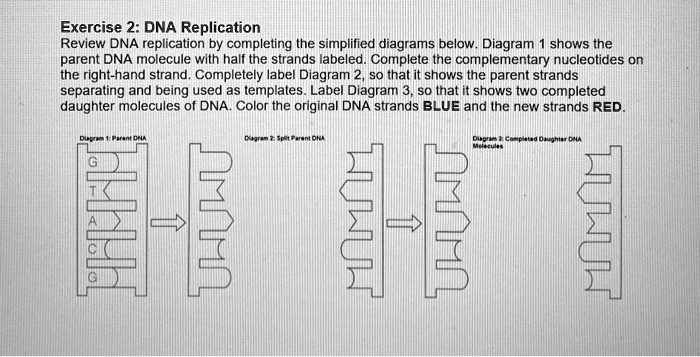
Can you label the way nucleotides pair up in replicating dna?
Ribosome - Wikipedia WebAffinity label for the tRNA binding sites on the E. coli ribosome allowed the identification of A and P site proteins most likely associated with the peptidyltransferase activity; labelled proteins are L27, L14, L15, L16, L2; at least L27 is located at the donor site, as shown by E. Collatz and A.P. Czernilofsky. Additional research has demonstrated that the S1 and S21 … (PDF) LEWIN'S GENES XII - Academia.edu WebWe present a comprehensive compilation of genomic structure evolution that should help the reader that is not familiarized with genomics to understand the mechanisms that are shaping its structures over time. quizlet.com › 200977287 › intro-to-cell-biology-examIntro to Cell Biology Exam 5 Flashcards | Quizlet 2. DNA polymerases can add new DNA nucleotides only to the 5 prime end of an existing strand ____ 3. Because the 2 strands of a DNA molecule run in opposite directions and because DNA polymerases can synthesize new strands only in the 5 prime to 3 prime direction, polymerases on opposite strands must synthesize DNA in opposite directions. ____ 4.
Can you label the way nucleotides pair up in replicating dna?. Biotechnology Inspection Guide (11/91) | FDA WebDNA Hybridization (Dot Blot) Analysis - Detection of DNA to the nanogram level using hybridization of cellular DNA with specific DNA probes. Manifestation can be by 32P- labeling ... mastering ch 10 Flashcards | Quizlet -DNA can be replicated by making complementary copies of each strand. In the accompanying image, a nucleotide is indicated by the letter _____. B. (The one squared off, inside the double helix) Which of these is a difference between a DNA and an RNA molecule? DNA is usually double-stranded, whereas RNA is usually single-stranded. Base Pair - Genome.gov A base pair consists of two complementary DNA nucleotide bases that pair together to form a "rung of the DNA ladder." DNA is made of two linked strands that wind around each other to resemble a twisted ladder — a shape known as a double helix. Each strand has a backbone made of alternating sugar (deoxyribose) and phosphate groups. DNA and RNA Probe Labeling | Radiolabeled Nucleotides - PerkinElmer Overview. Radiolabeled nucleotides are commonly used for detection of specific nucleic acid sequences. They are typically incorporated enzymatically into DNA and RNA sequences for detection and analysis. Labeled nucleotides may be incorporated by a variety of methods including in vitro transcription with SP6, T3 or T7 RNA polymerase, 3' end ...
The Initiation and Completion of DNA Replication in … WebBacterial Chromosomes Have a Single Origin of DNA Replication. The genome of E. coli is contained in a single circular DNA molecule of 4.6 × 10 6 nucleotide pairs. DNA replication begins at a single origin of replication, and the two replication forks assembled there proceed (at approximately 500–1000 nucleotides per second) in opposite directions until they … en.wikipedia.org › wiki › Amino_acidAmino acid - Wikipedia There are three amino acids with side-chains that are cations at neutral pH (though in one, histidine, cationic and neutral forms both exist). They are commonly called basic amino acids, but this term is misleading: histidine can act both as a Brønsted acid and as a Brønsted base at neutral pH, lysine acts as a Brønsted acid, and arginine has a fixed positive charge and does not ionize in ... Biology 1005 - Chapter 6 DNA: The Molecule of Life - Quizlet Can you correctly place the labels in this diagram that summarizes the process of DNA profiling? 1. DNA isolation 2. PCR 3. gel electrophoresis a. STR analysis b. Long DNA fragment C. Short DNA fragment Interpreting Data: Genome Sizes Part A: What is the gene density of the human genome? Can you label the way nucleotides pair up in replicating DNA To review ... Part A - Nucleotide pairing Drag the labels onto the diagram to identify how nucleotides pair up. Labels can be used once, more than once, or not at all. Hint 1. Base Pair Matching The matching of base pairs never differs in DNA. The matching on the left will be the same as on the right despite the addition of new pairs. ANSWER:
en.wikipedia.org › wiki › RibosomeRibosome - Wikipedia Affinity label for the tRNA binding sites on the E. coli ribosome allowed the identification of A and P site proteins most likely associated with the peptidyltransferase activity; labelled proteins are L27, L14, L15, L16, L2; at least L27 is located at the donor site, as shown by E. Collatz and A.P. Czernilofsky. BioFlix Activity DNA Replication Nucleotide Pairing Can you label the ... Part A - Nucleotide pairing Drag the labels onto the diagram to identify how nucleotides pair up. Labels can be used once, more than once, or not at all. ANSWER: Correct Activity: Covalent Bonds HelpReset A G T C U T A G C Adenine would pair with thymine or vice versa. Guanine would pair with cytosine or vice versa. Chapter 10 Core Content Flashcards | Quizlet WebCan you label the way nucleotides pair up in replicating DNA? To review DNA replication, watch this BioFlix animation: DNA Replication. Drag the labels onto the diagram to identify how nucleotides pair up. Labels can be used once, more than once, or not at all. How do the different DNA nucleotides pair during DNA replication ... What are the nucleotides in DNA and how do they pair? Nucleotides form a pair in a molecule of DNA where two adjacent bases form hydrogen bonds. The nitrogenous bases of the DNA always pair up in specific way, purine with pyrimidine (A with T, G with C), held together by weak hydrogen bonds. How do DNA nucleotides pair?
Intro to Cell Biology Exam 5 Flashcards | Quizlet Web2. DNA polymerases can add new DNA nucleotides only to the 5 prime end of an existing strand ____ 3. Because the 2 strands of a DNA molecule run in opposite directions and because DNA polymerases can synthesize new strands only in the 5 prime to 3 prime direction, polymerases on opposite strands must synthesize DNA in opposite directions. …
Ch 10 HW (part A).pdf - Ch 10 HW (part A) 1 of 24... - Course Hero ANSWER: BioFlix Activity: DNA Replication -- Nucleotide Pairing Can you label the way nucleotides pair up in replicating DNA? To review DNA replication, watch this BioFlix animation: DNA Replication. Part A - Nucleotide pairing Drag the labels onto the diagram to identify how nucleotides pair up. Labels can be used once, more than once, or not ...
learn.genetics.utah.edu › content › basicsBasic Genetics - University of Utah If Learn.Genetics is useful to you, please take a moment to donate – even a few dollars from each of our visitors would add up to a significant amount! Your support will help us keep Learn.Genetics free and available to everyone. It will also help us develop new content for you. Please help us keep Learn.Genetics going! Thank you,
Plasmid - Wikipedia WebA plasmid is a small, extrachromosomal DNA molecule within a cell that is physically separated from chromosomal DNA and can replicate independently. They are most commonly found as small circular, double-stranded DNA molecules in bacteria; however, plasmids are sometimes present in archaea and eukaryotic organisms. In nature, …
en.wikipedia.org › wiki › PlasmidPlasmid - Wikipedia A plasmid is a small, extrachromosomal DNA molecule within a cell that is physically separated from chromosomal DNA and can replicate independently. They are most commonly found as small circular, double-stranded DNA molecules in bacteria; however, plasmids are sometimes present in archaea and eukaryotic organisms.
DNA Structure & DNA Replication - Biology Online Tutorial Nucleotides are situated in adjacent pairs in the double helix nature mentioned. The following rules apply in regards to what nucleotides pair with one another. There are four possible types of nucleotide, adenine, cytosine, guanine, and thymine. Thymine and adenine can only make up a base pair; Guanine and cytosine can only make up a base pair
Genome - Wikipedia WebIn 1976, Walter Fiers at the University of Ghent (Belgium) was the first to establish the complete nucleotide sequence of a viral RNA-genome (Bacteriophage MS2).The next year, Fred Sanger completed the first DNA-genome sequence: Phage Φ-X174, of 5386 base pairs. The first bacterial genome to be sequenced was that of Haemophilus influenzae, …
› 40082671 › LEWINS_GENES_XII(PDF) LEWIN'S GENES XII | Mtro. Raúl Reyes Bautista ... We present a comprehensive compilation of genomic structure evolution that should help the reader that is not familiarized with genomics to understand the mechanisms that are shaping its structures over time.
unit 3 ch 6 prep quiz Flashcards | Quizlet The gene for the beta chain of normal human hemoglobin has the sequence CTC at the position for the seventh amino acid in the protein. A point mutation changing the sequence to CAC results in sickle cell hemoglobin. Use the genetic code to determine the change in the amino acid at position seven of the hemoglobin beta chain. Glutamic acid to valine
Mastering Bio Chapter 10 Flashcards | Quizlet DNA contains the nitrogenous base uracil. Drag the labels onto the diagram to identify how nucleotides pair up. Labels can be used once, more than once, or not at all. T A G C Short segments of newly synthesized DNA are joined into a continuous strand by _____. ligase
DNA Base Pairs and Replication | Biology for Majors I - Lumen Learning Specific base pairing in DNA is the key to copying the DNA: if you know the sequence of one strand, you can use base pairing rules to build the other strand. Bases form pairs (base pairs) in a very specific way. Figure 8 shows how A (adenine) pairs with T (thymine) and G (guanine) pairs with C (cytosine).
Paired DNA Strands - HHMI BioInteractive This animation describes the general structure of DNA: two strands of nucleotides that pair in a predictable way. DNA is well-known for its double helix structure. The animation untwists the double helix to show DNA as two parallel strands. Each strand is made up of a sequence of four nucleotides, A, C, G, and T.
5.2: Structure and Replication of DNA - Biology LibreTexts DNA is replicated when a cell makes a duplicate copy of its DNA, then the cell divides, resulting in the correct distribution of one DNA copy to each resulting cell. DNA can also be enzymatically degraded and used as a source of nucleotides for the cell. Unlike other macromolecules, DNA does not serve a structural role in cells.
en.wikipedia.org › wiki › GenomeGenome - Wikipedia In the fields of molecular biology and genetics, a genome is all the genetic information of an organism. It consists of nucleotide sequences of DNA (or RNA in RNA viruses).The nuclear genome includes protein-coding genes and non-coding genes, other functional regions of the genome such as regulatory sequences (see non-coding DNA), and often a substantial fraction of 'junk' DNA with no evident ...
DNA Replication - Genome.gov DNA replication is the process by which the genome's DNA is copied in cells. Before a cell divides, it must first copy (or replicate) its entire genome so that each resulting daughter cell ends up with its own complete genome. Narration 00:00 … DNA replication is probably one of the most amazing tricks that DNA does.
Biology chapter 6 Flashcards | Quizlet Can you label the way nucleotides pair up in replicating DNA? A pairs with T G pairs with C Which of the following builds new strands of DNA? DNA polymerases Which statement about DNA replication is CORRECT? The leading strand is built continuously, and the lagging strand is built in pieces.
DNA Replication Mechanisms - Molecular Biology of the Cell - NCBI Bookshelf Base-Pairing Underlies DNA Replication and DNA Repair. As discussed briefly in Chapter 1, DNA templating is the process in which the nucleotide sequence of a DNA strand (or selected portions of a DNA strand) is copied by complementary base-pairing (A with T, and G with C) into a complementary DNA sequence ().This process entails the recognition of each nucleotide in the DNA template strand by ...
Solved T-Mobile LTE 1:01 PM @ 39%. | Chegg.com To review DNA replication, watch this BioFlix animation: DNAReplication. Part A- Nucleotide pairing Drag the labels onto the diagram to identify how nucleotides pair up. Labels can be used o more than once, or not at all Both parental DNA as This problem has been solved! See the answer Show transcribed image text Expert Answer 100% (42 ratings)
quizlet.com › 200977287 › intro-to-cell-biology-examIntro to Cell Biology Exam 5 Flashcards | Quizlet 2. DNA polymerases can add new DNA nucleotides only to the 5 prime end of an existing strand ____ 3. Because the 2 strands of a DNA molecule run in opposite directions and because DNA polymerases can synthesize new strands only in the 5 prime to 3 prime direction, polymerases on opposite strands must synthesize DNA in opposite directions. ____ 4.
(PDF) LEWIN'S GENES XII - Academia.edu WebWe present a comprehensive compilation of genomic structure evolution that should help the reader that is not familiarized with genomics to understand the mechanisms that are shaping its structures over time.
Ribosome - Wikipedia WebAffinity label for the tRNA binding sites on the E. coli ribosome allowed the identification of A and P site proteins most likely associated with the peptidyltransferase activity; labelled proteins are L27, L14, L15, L16, L2; at least L27 is located at the donor site, as shown by E. Collatz and A.P. Czernilofsky. Additional research has demonstrated that the S1 and S21 …


:max_bytes(150000):strip_icc()/what-are-the-parts-of-nucleotide-606385-FINAL-5b76fa94c9e77c0025543061.png)
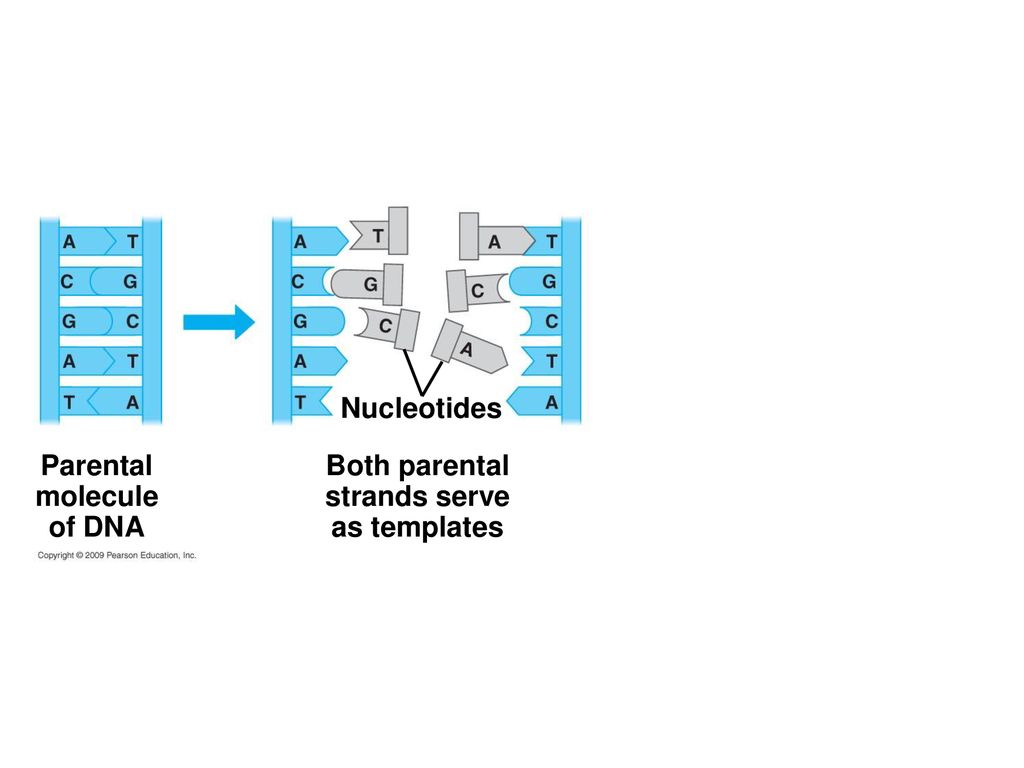

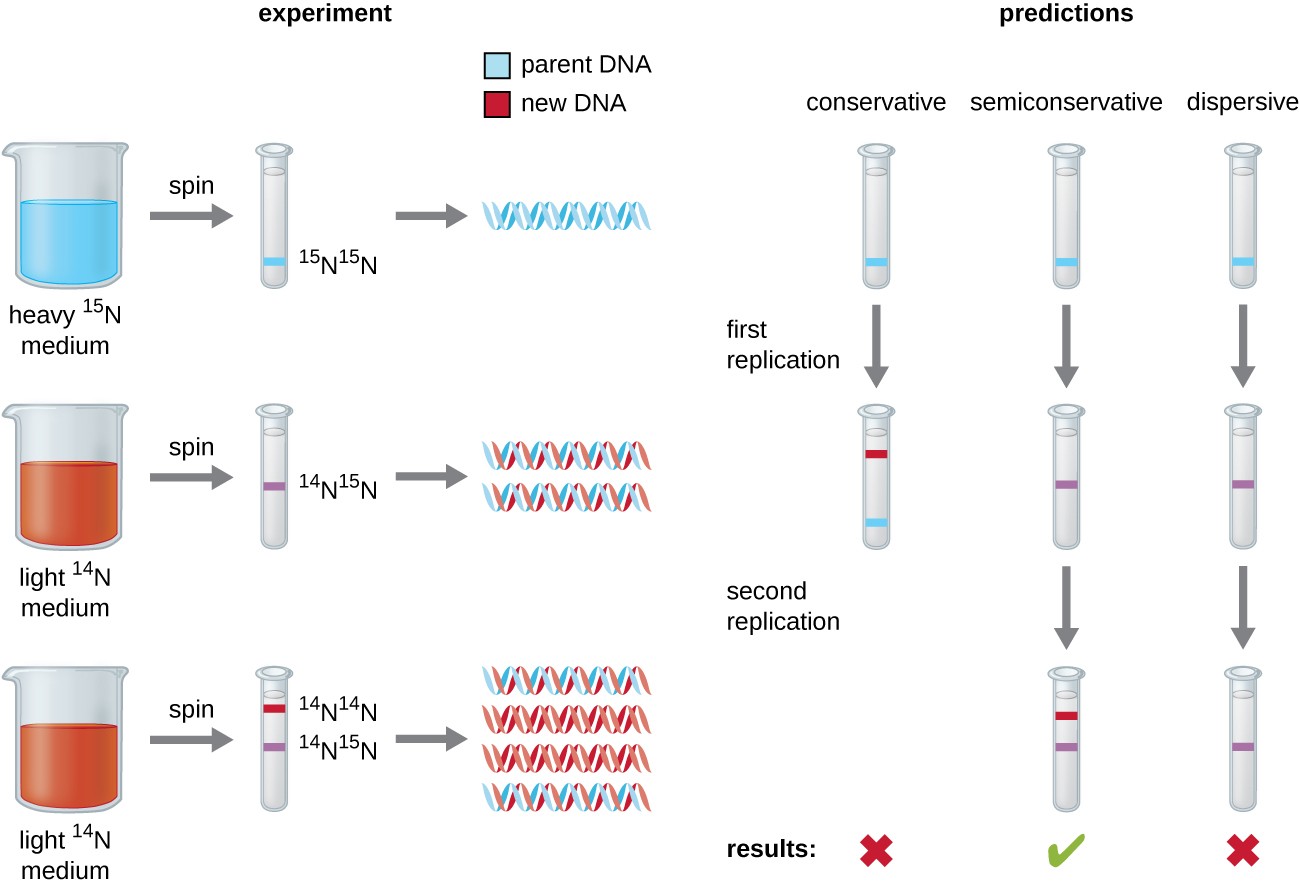





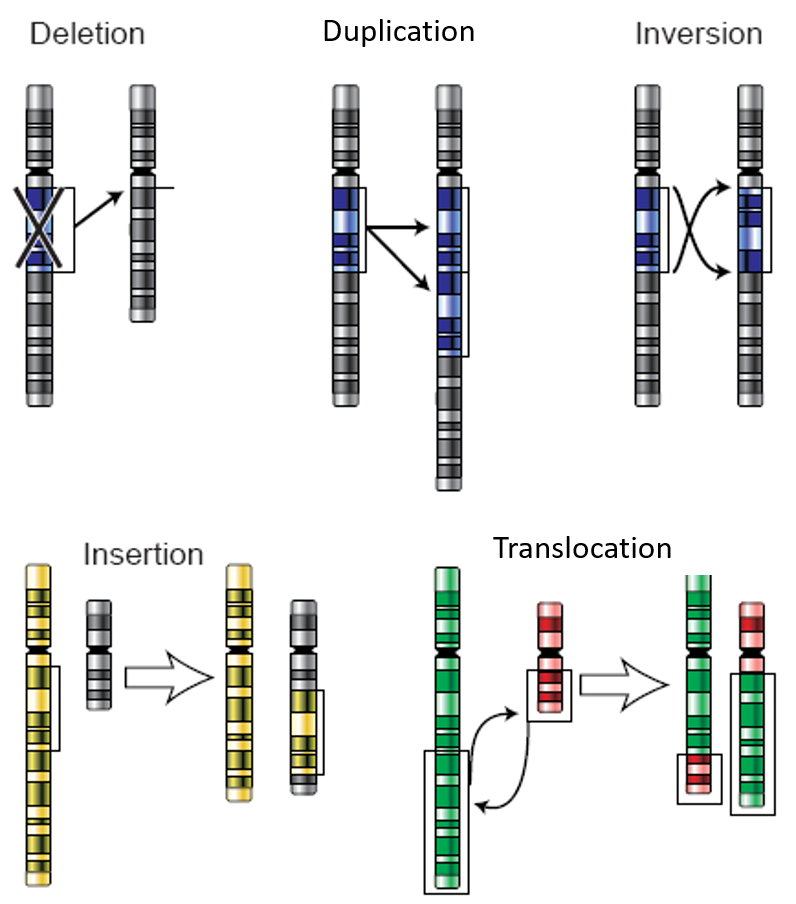




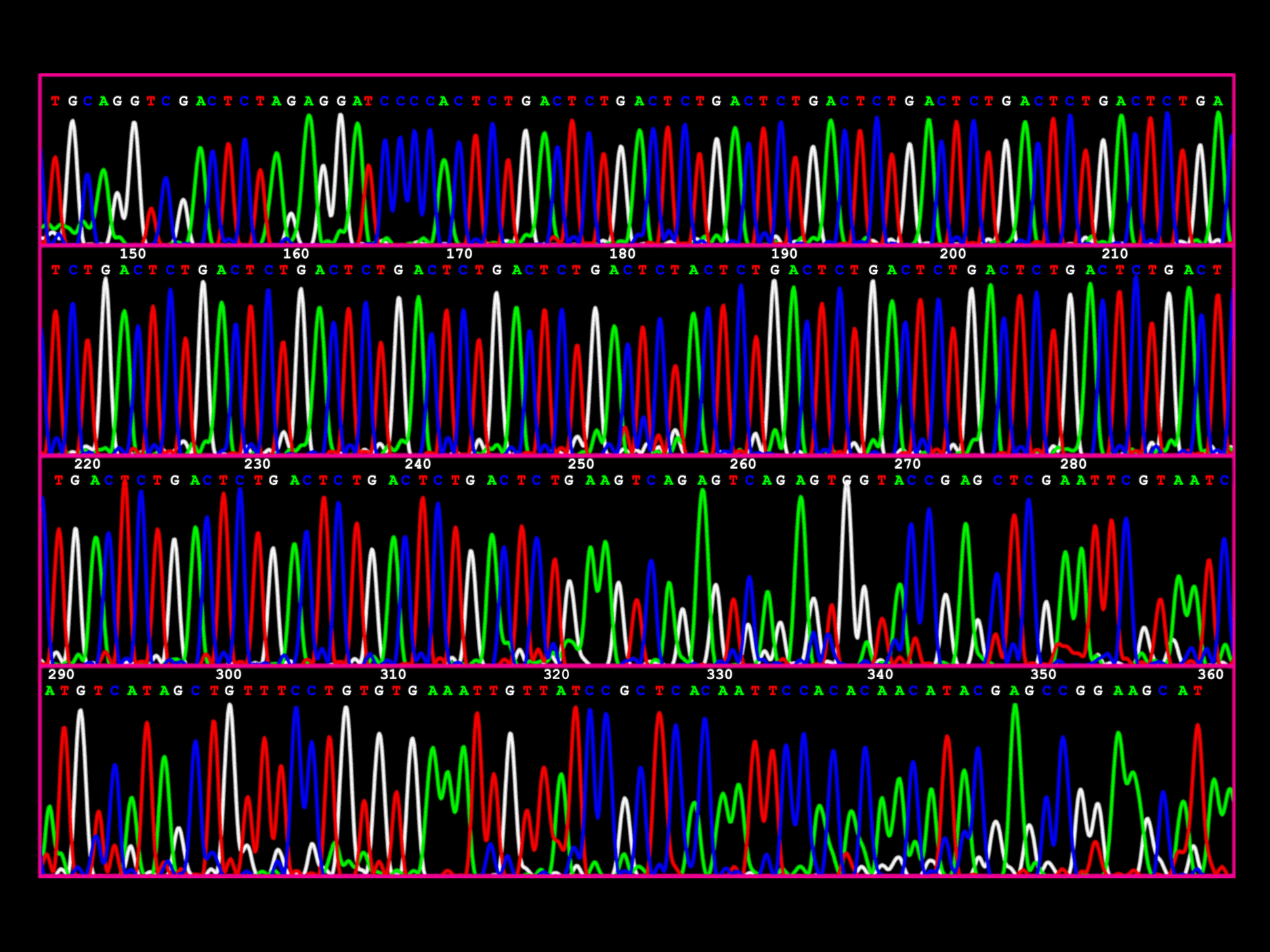

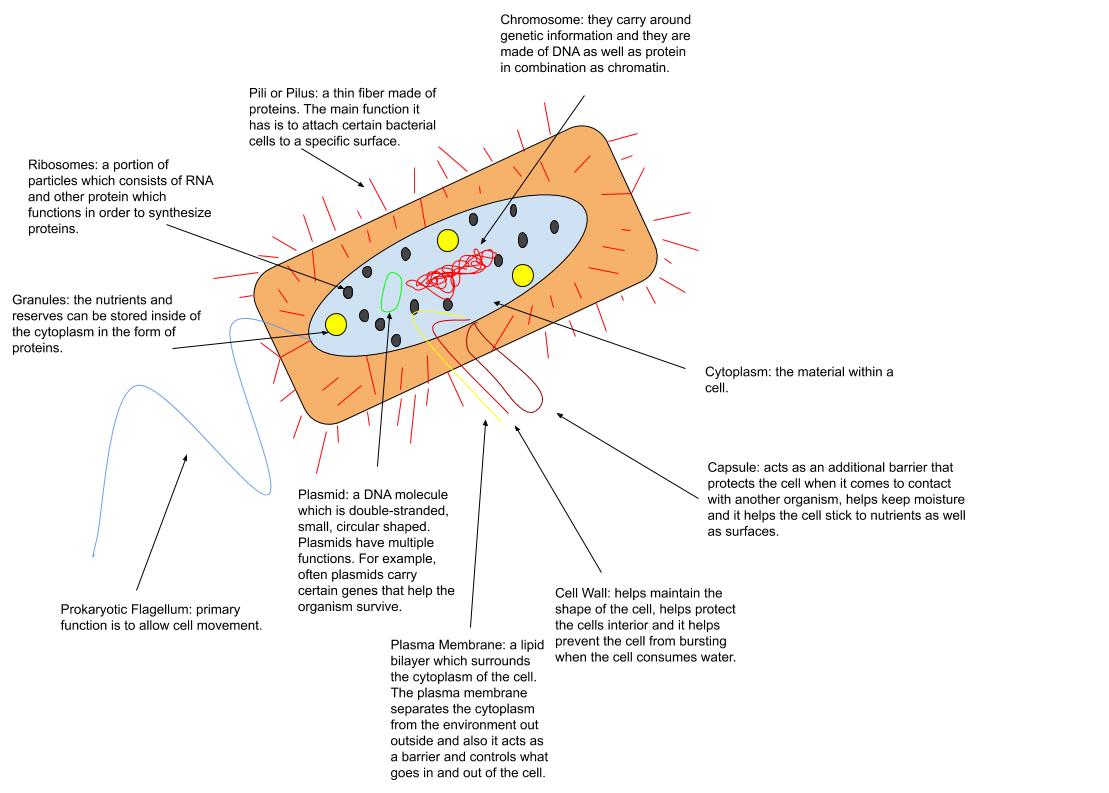
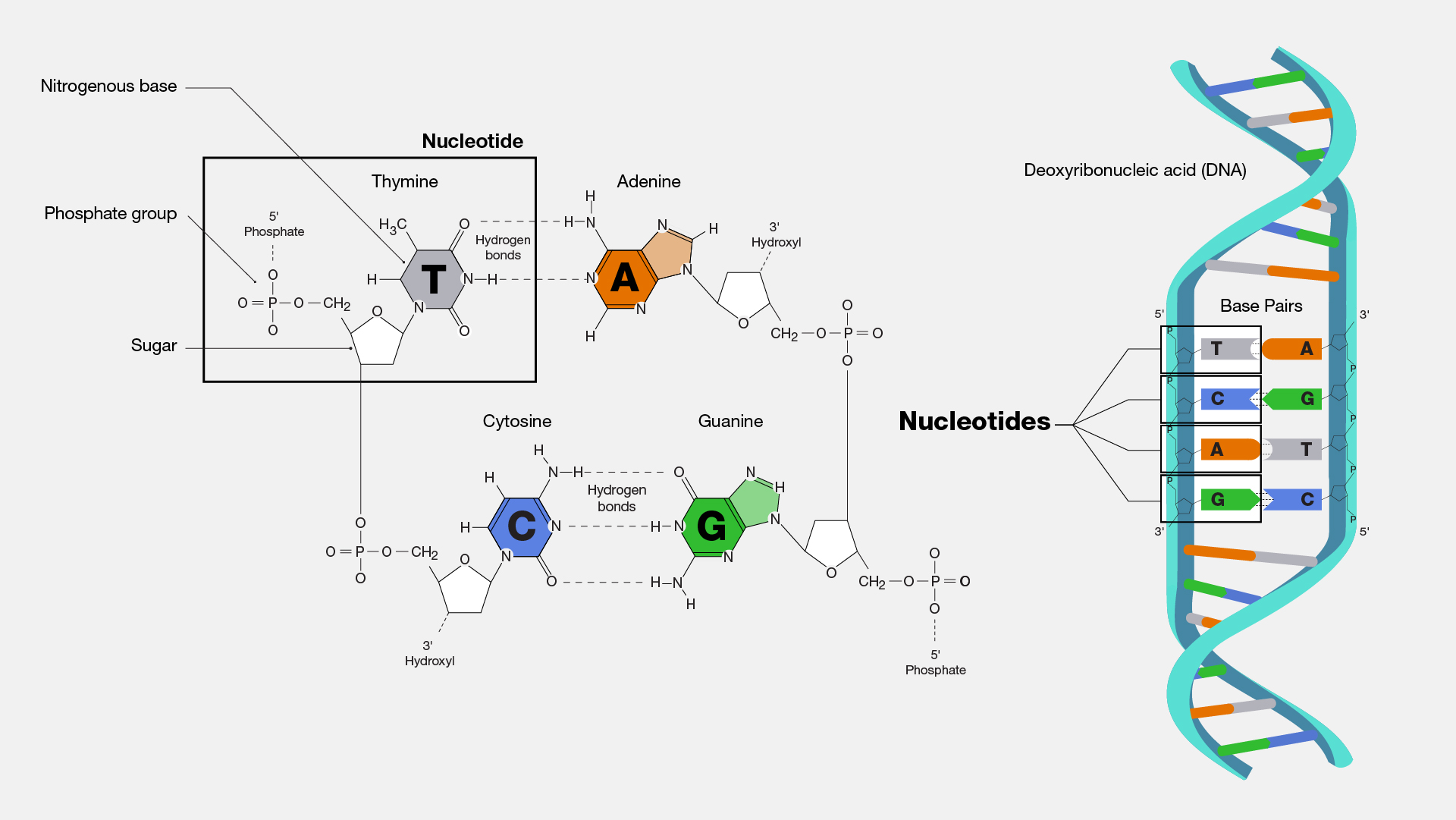
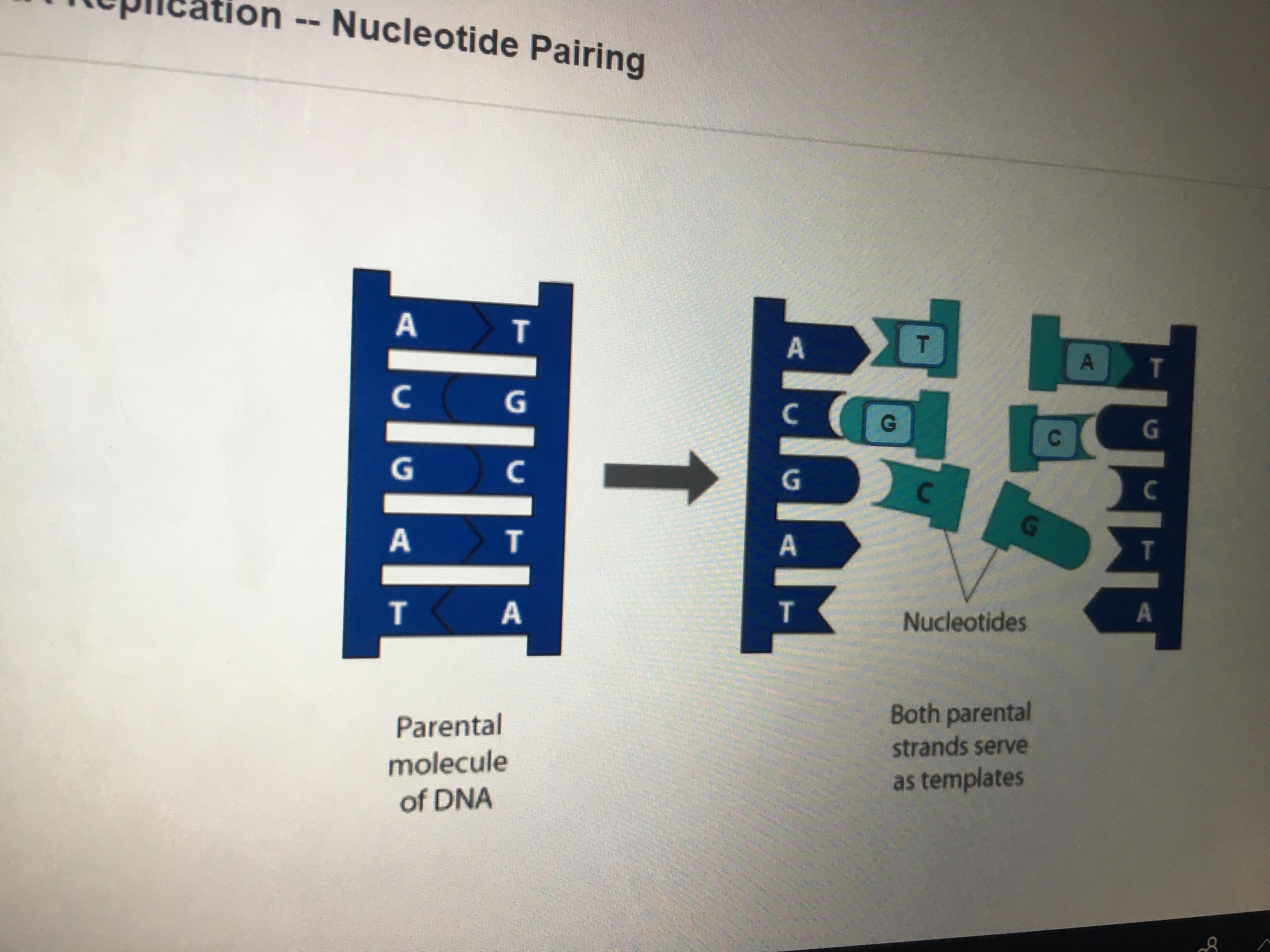
![Chapter 8: Genetics [compatibility mode]](https://image.slidesharecdn.com/chapter8-geneticscompatibilitymode-141214140247-conversion-gate02/85/chapter-8-genetics-compatibility-mode-57-320.jpg?cb=1668050999)


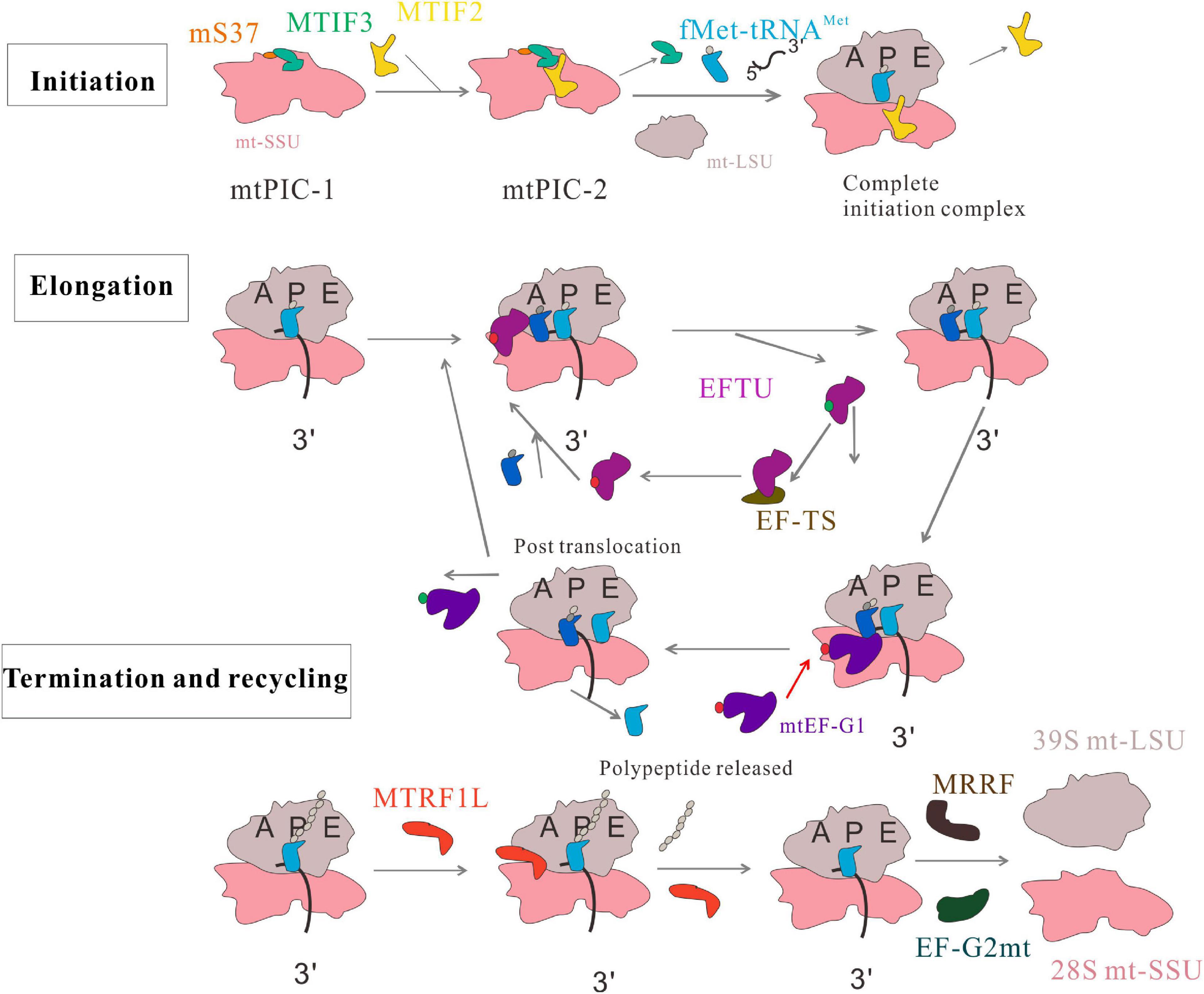

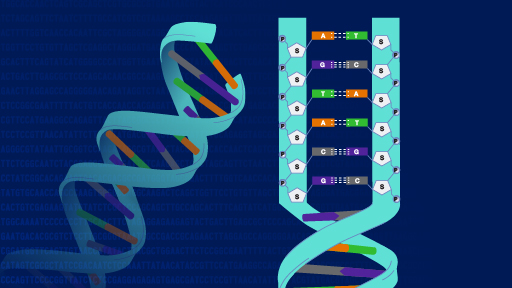

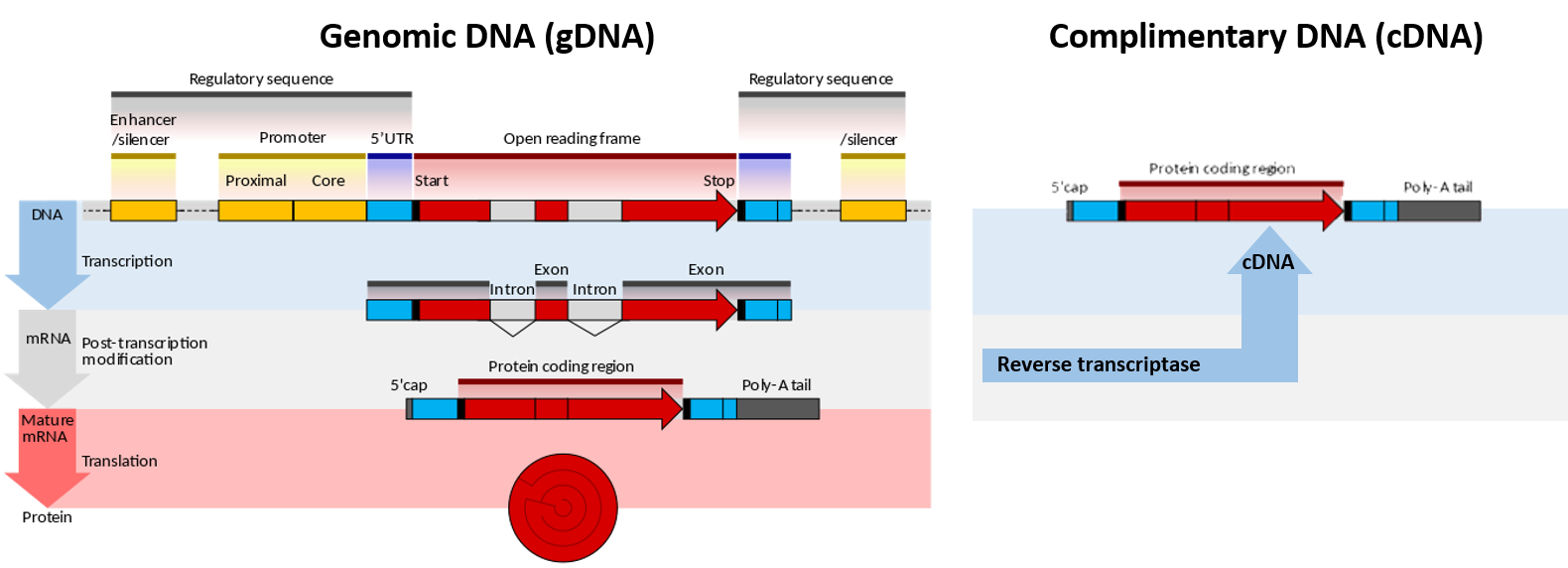
:max_bytes(150000):strip_icc()/DNA_replication_elongation2-e38fc92e8ad74586bfe0443d7490d3ce.jpg)

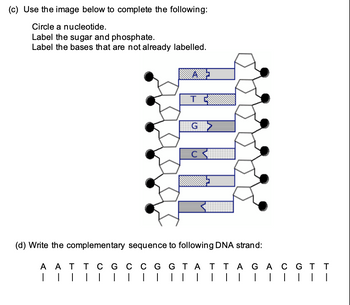


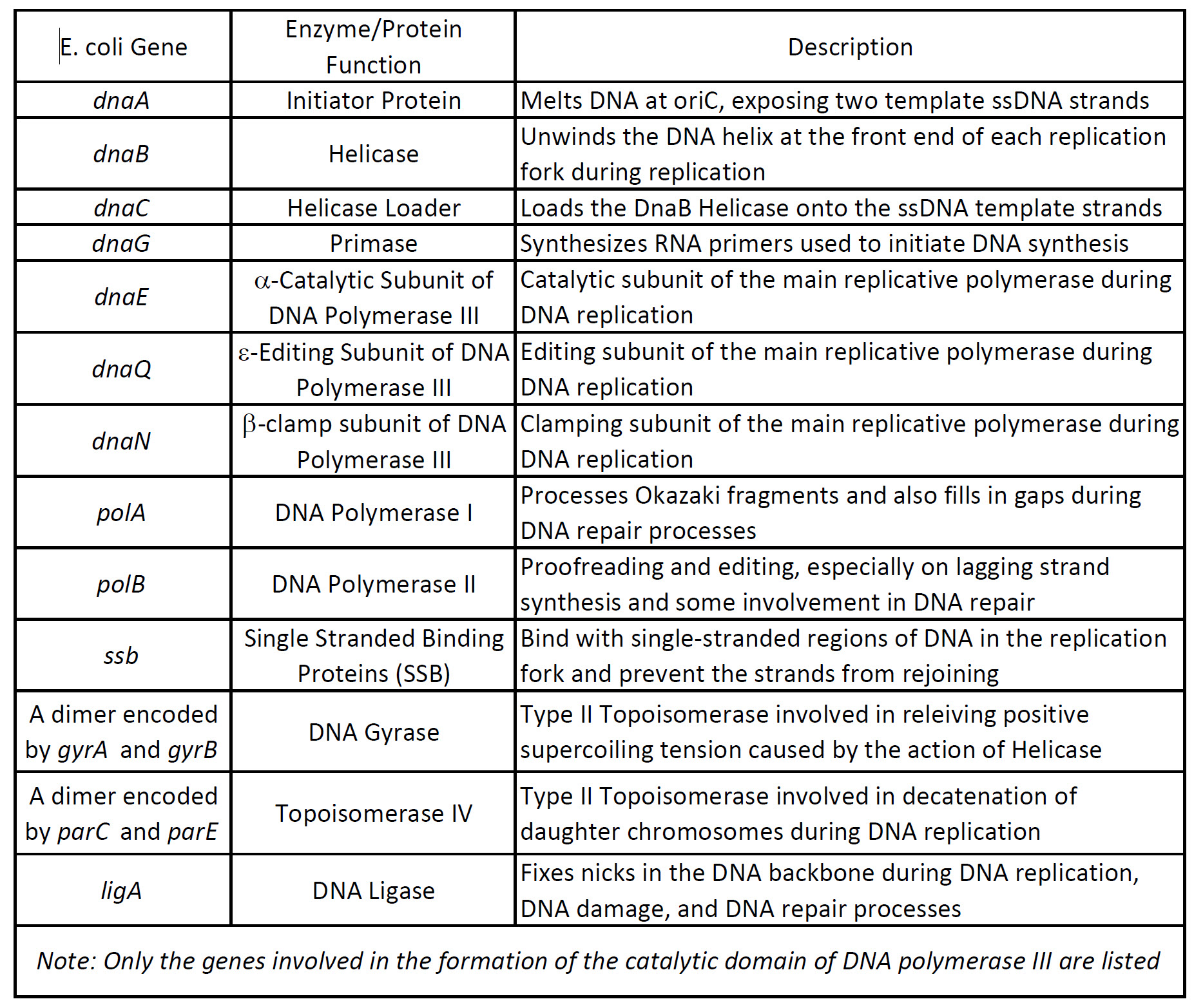
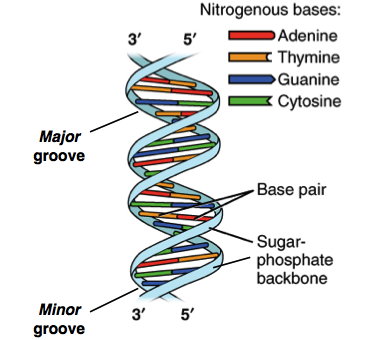


Post a Comment for "42 can you label the way nucleotides pair up in replicating dna?"